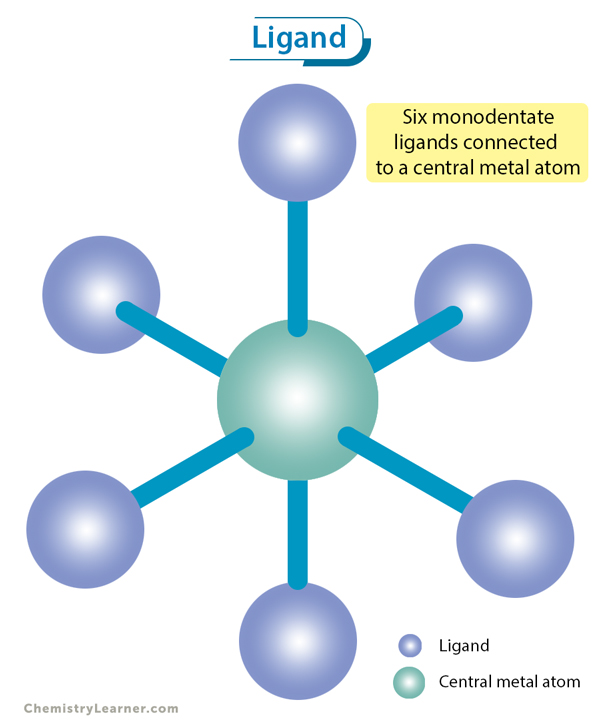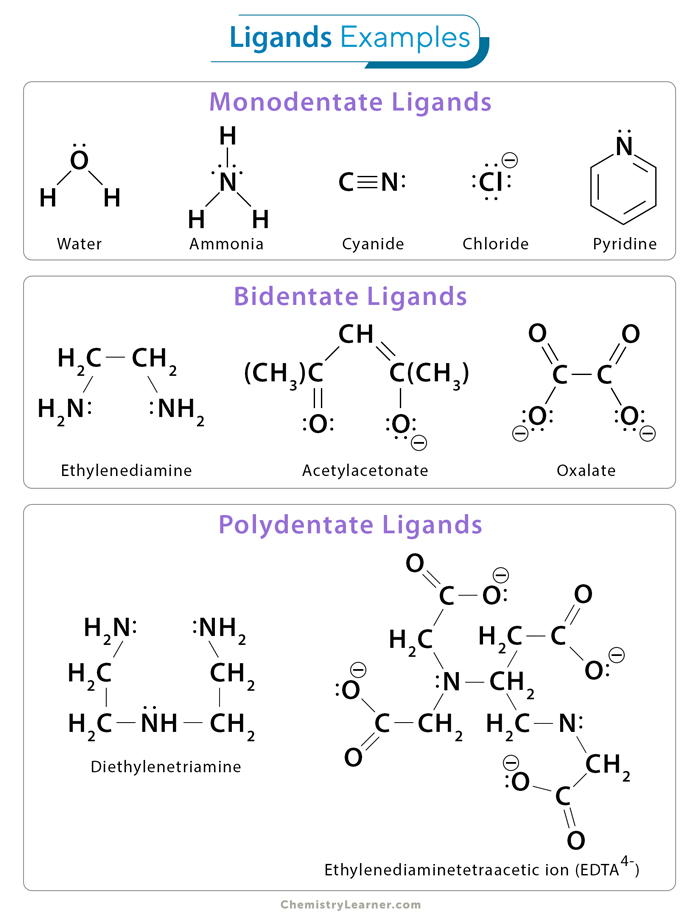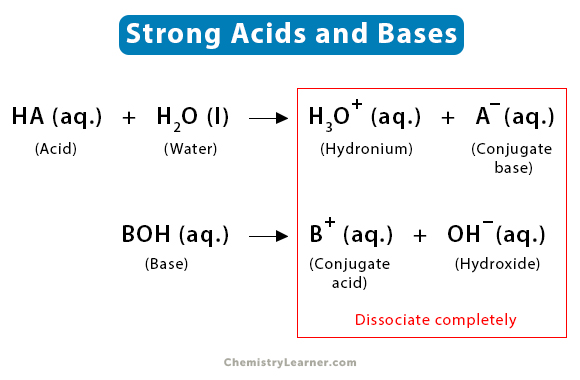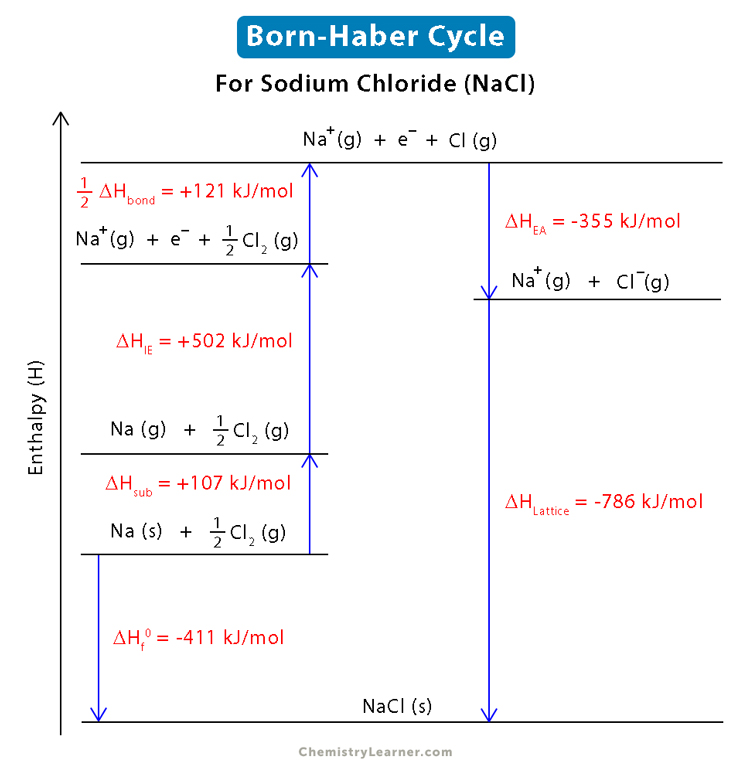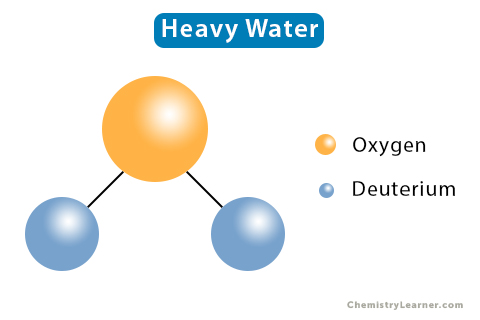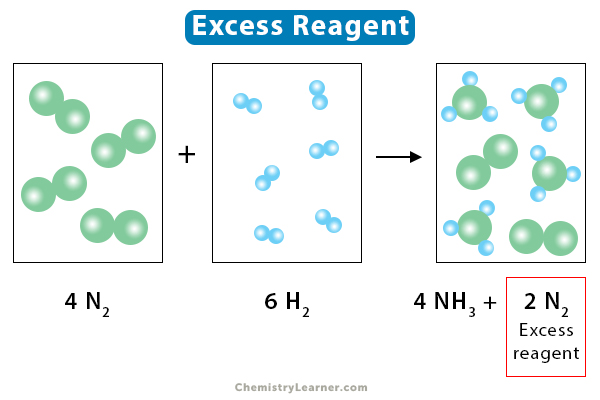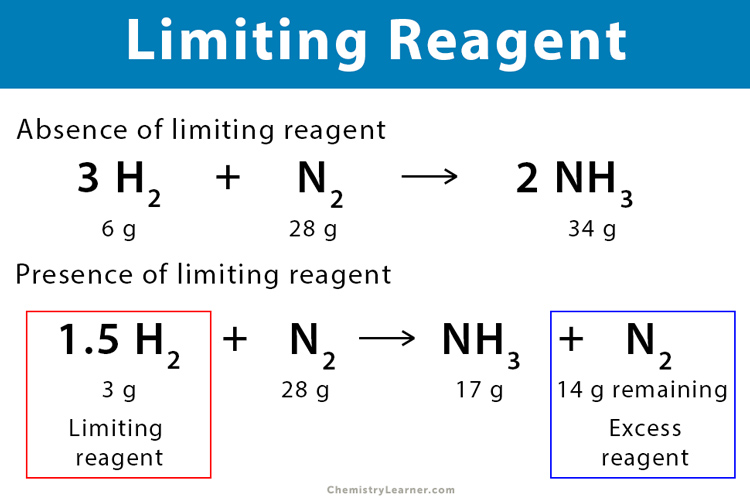Ligand
Ligands play a vital role in chemistry, particularly in coordination compounds. A ligand is a molecule or ion that can donate a pair of electrons to a central metal atom or ion. The donated electron pair forms coordinate bonds with the metal, forming coordination compounds. Ligands act as Lewis bases (electron pair donors), and the central atom acts as a Lewis acid (electron pair acceptor). The nature of metal-ligand bonding can range from covalent to ionic. Moreover, the metal-ligand bond order can range from one to three. [1-4]
In nearly all situations, metals and metalloids form bonds with ligands. The ligand influences the reactivity of the central atom in a complex, ligand substitution rates, ligand reactivity, and redox properties. Selecting appropriate ligands is crucial in various practical fields, such as bioinorganic and medicinal chemistry, homogeneous catalysis, and environmental chemistry.
The word ligand comes from Latin and means “tie or bind”.
Types of Ligands
Ligands can be classified into different types based on the number of binding sites with the central metal atom, charge, and size. [1-4]
1. Monodentate Ligands
Monodentate ligands, also known as unidentate ligands, form only one bond with a metal ion. It means they have a single donor atom capable of coordinating with the metal center. Some examples of monodentate ligands include water (H2O), ammonia (NH3), chloride ion (Cl–), cyanide ion (CN–), and pyridine (C5H5N). Because they bind to the center through one atom only, they are called monodentate, meaning one tooth.
These ligands possess specific properties that make them useful in coordination chemistry. Firstly, their ability to form a single bond allows for the formation of simple complexes, making them relatively easy to study and manipulate. Monodentate ligands also tend to be highly selective in their binding, as they have a specific site on the metal ion where coordination occurs.
Another essential property of monodentate ligands is their ability to increase the solubility and stability of metal complexes. By coordinating with the metal ion, they can prevent unwanted precipitation or decomposition reactions, ensuring the longevity of the complex.
It is worth noting that while monodentate ligands can only form one bond with a metal ion, they can still participate in multiple coordination sites if multiple ligands are present. It allows for forming more complex structures, such as polymeric or macrocyclic compounds.
2. Bidentate Ligands
Bidentate ligands are molecules or ions with two donor atoms capable of forming two bonds with a metal ion. They are commonly used in coordination chemistry to form stable complexes with transition metals. Some examples of bidentate ligands include ethylenediamine (en), oxalate (ox), and acetylacetonate (acac).
Bidentate ligands are often called chelating agents because they form a ring-like structure known as a chelate when coordinated with a metal ion. The term chelate comes from Greek, meaning claw. This term describes ligands that can grab the central ion in two or more places, like a claw. The binding affinity of a chelating system depends on the “bite angle” or chelating angle.
The chelate structure provides increased stability to the complex. It has been found that the chelate effect is predominantly an effect of entropy. Bidentate ligands also tend to have a flexible structure, allowing them to adopt different conformations when coordinating with the metal ion.
3. Polydentate Ligands
Polydentate ligands, also known as multidentate ligands, can donate multiple electron pairs to a central metal ion in a coordination complex. These ligands have multiple binding sites, which allow them to form multiple bonds with the metal ion simultaneously. Molecules with three donor atoms are called tridentate; four are called tetradentate, five are called pentadentate, and six are called hexadentate.
The chelating effect is also observed in polydentate ligands. The resulting chelate structure enhances the stability of the coordination complex by reducing the chances of the ligand dissociating from the metal ion.
Examples of polydentate ligands include diethylenetriamine (dien) and ethylenediaminetetraacetic ion (ETDA4-). Diethylenetriamine has three nitrogen atoms, while EDTA4- is a complex ion with six coordination sites – two nitrogen and four oxygen atoms.
The chelating effect and the ability of polydentate ligands to form stable coordination complexes make them valuable in various applications. For instance, in biochemistry, EDTA is commonly used for metal ion chelation in medical treatments and diagnostic tests. In industry, polydentate ligands are utilized for catalysis and in pharmaceuticals and other chemicals.
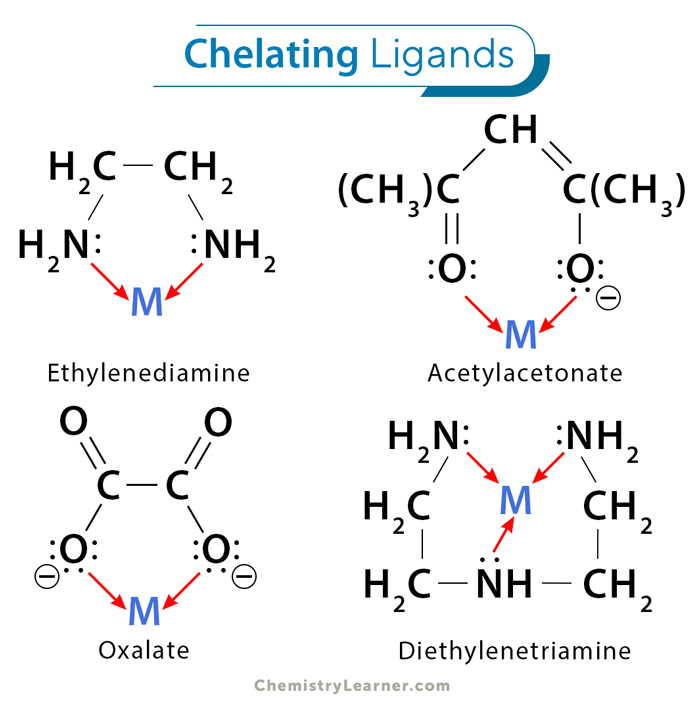
4. Ambidentate Ligands
Ligands having more than one potential donor atom are known as ambidentate ligands. For example, thiocyanate ion (NCS–) can bind to the central metal ion with either nitrogen or sulfur atoms. Also, the nitrate ion (NO2-) can bind at either the nitrogen atom or one of the oxygen atoms.
Other ligands include bridging ligands, which bind to two or more metal ions, and organic ligands, which are the organic derivatives of the abovementioned inorganic ligands.
